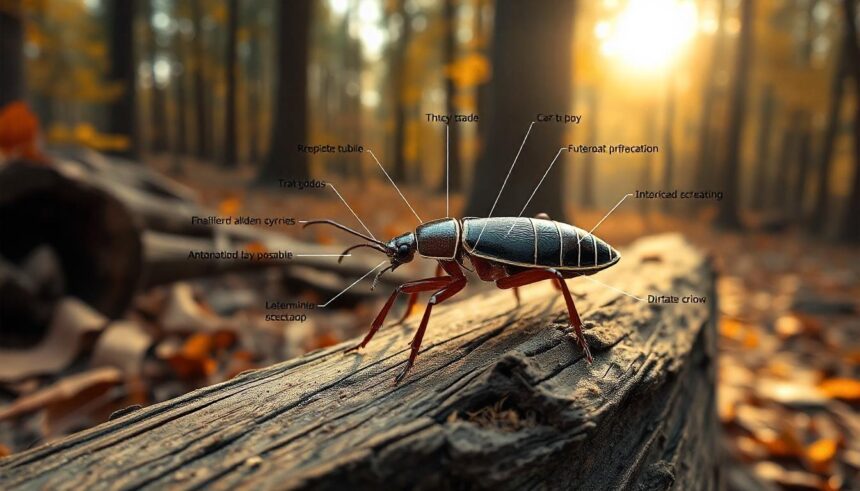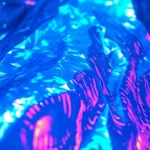Introduction
Earwigs, scientifically known as Dermaptera, are nocturnal insects that have long, slender bodies and distinctive pincer-like cerci. While they may appear menacing, they pose no significant danger to humans. However, their presence in homes and gardens can be a nuisance. Understanding their lifecycle, habitat, and behaviors is key to effective removal and prevention. This guide explores scientific, natural, and chemical methods to eliminate earwigs and prevent future infestations.
Understanding Earwigs: Habitat and Lifecycle
Earwigs thrive in moist environments, often hiding under rocks, mulch, leaf litter, and damp areas of homes. They are omnivorous scavengers, feeding on decaying plant matter, small insects, and even mold. Their lifecycle consists of three stages: egg, nymph, and adult. Females lay eggs in soil or dark crevices, and the nymphs undergo multiple molts before reaching maturity.
Why Do Earwigs Invade Homes?
Earwigs enter homes in search of food, moisture, and shelter. Cracks in foundations, poorly sealed windows, and damp basements are common entry points. Homes with excessive humidity, leaky pipes, or abundant vegetation around the perimeter are particularly attractive to earwigs.
Natural Methods to Get Rid of Earwigs
1. Environmental Control
- Reduce Moisture: Fix leaks, improve ventilation, and use dehumidifiers in basements and bathrooms.
- Trim Vegetation: Keep bushes, mulch, and leaf litter at least a foot away from the foundation.
- Remove Hiding Spots: Clear woodpiles, stones, and debris where earwigs might shelter.
2. Natural Repellents and Traps
- Diatomaceous Earth (DE): A natural insecticide that dehydrates and kills earwigs upon contact.
- Soy Sauce and Oil Trap: Mix soy sauce with vegetable oil in a shallow dish. The strong scent attracts earwigs, and the oil prevents their escape.
- Cardboard Traps: Place rolled-up damp newspapers or corrugated cardboard near infestation areas. Dispose of them in the morning.
Chemical Methods for Earwig Elimination
1. Insecticidal Sprays
- Boric Acid: A low-toxicity insecticide that affects earwigs upon ingestion.
- Pyrethrin-Based Sprays: Effective for direct contact treatment in severe infestations.
2. Granular Insecticides
- Permethrin or Bifenthrin: Used in gardens and around perimeters to create barriers against earwigs.
Preventing Future Infestations
- Seal Entry Points: Use caulk to seal cracks and gaps in foundations, windows, and doors.
- Improve Drainage: Ensure proper water flow away from the house to reduce damp conditions.
- Regular Maintenance: Keep outdoor lighting minimal, as earwigs are attracted to light.
Conclusion
By combining environmental management, natural repellents, and, if necessary, chemical treatments, you can effectively control earwig populations and prevent future infestations. Regular maintenance and moisture control are key factors in ensuring a long-term solution. With these science-backed strategies, you can keep your home and garden earwig-free.







